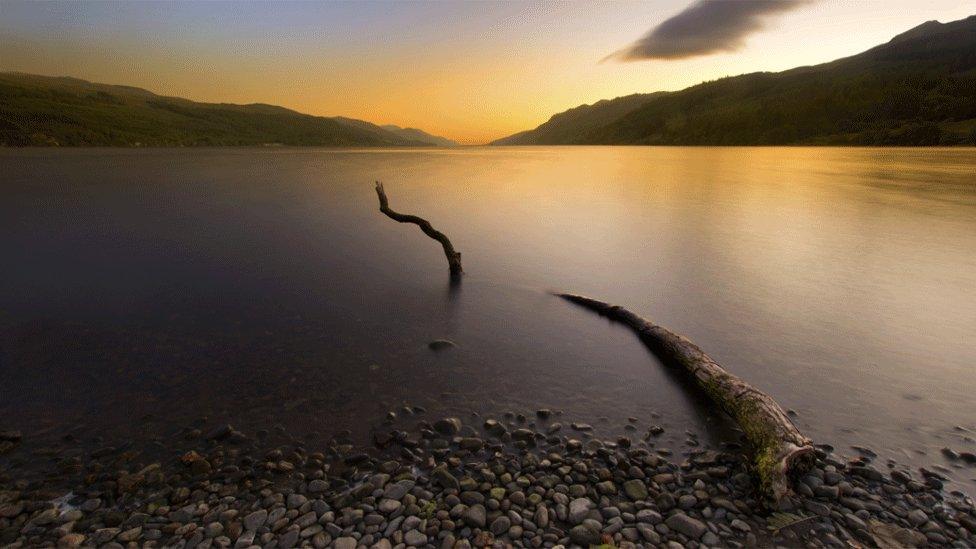Wild woods: Scotland's unusual forests
- Published
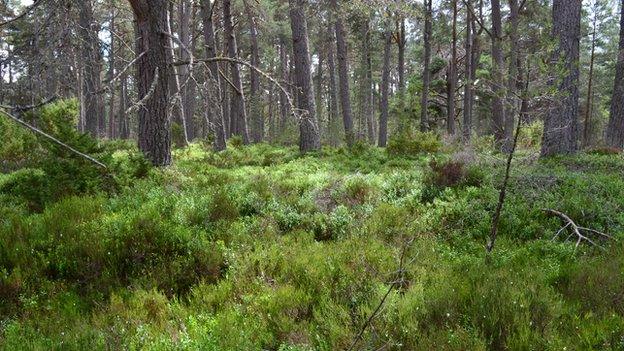
A recent spate of monster sightings on the shores of Loch Ness have been blamed on dead wood from Urquhart Bay Wood. The Woodland Trust, which manages the site near Drumnadrochit, said tree trunks and broken branches were washed into the loch by the two rivers that coursed through there.
Described as "Nessie's spawning ground", Urquhart Bay Wood is among some of Scotland's more unusual wooded places. Here are some more:

Dundreggan

The forest is on Trees for Life's 10,000-acre (4,046 ha) Dundreggan Estate in Glen Moriston.
According to the conservation charity, the name Dundreggan is derived from Gaelic's Dul Drea-gain - the Dragon's Haugh.
The forest holds a "lost world" of rare and endangered spiders, ants and flies.
Surveys of the woods have uncovered a range of invertebrates, including strawberry spiders, azure hawker dragonflies, juniper shield bugs and blood red slave making ants.
The land includes some of the last stands of ancient Caledonian Forest.
Trees for Life said strawberry spider, scientific name araneus alsine, has only been recorded seven times in Scotland prior to it being found at Dundreggan.
Two rare sawflies, prisiphora borea and monoctenus juniperi, have also been identified and are among the UK's rarest invertebrates.
Among the leading entomologists to enter this "dragons' lair" have included the appropriately named Guy Knight.

Culbin Forest
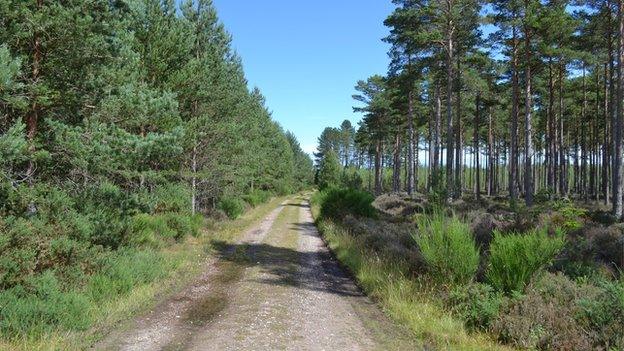
Managed by Forestry Commission Scotland, the trees at Culbin on the coast of the Moray Firth near Brodie hide a secret past.
In the distant past, Culbin was known as the Granary of Moray, where several farms and crofts produced grain crops for the local and wider area.
There was also a handful of small fishing communities on the coast, including the original site of the village of Findhorn.
Much of the land was controlled by the Barony of Moray.
In 1694 came the Great Sand Drift.
The destructive natural event forced people from their homes and farms and transformed a once fertile, grain-growing area into a desert.
According to folklore, 16 farms and the laird's big house were engulfed by wind-blown sand in a single night.
However, historians suggest sand dunes in the area had been shifting since the year 1100, before the most damaging events came between 1670 and 1695.
The worst of the sandstorms occurred during a period of extreme weather dubbed the Little Ice Age. It lasted 70 years from 1645 to 1715 and featured The Great Frost, which froze the River Thames in London for days.
Today, the ruined estate and its farms and croft houses remain buried under sand planted with trees.
The first trees, Scots pine, were planted in the 1850s.

Dead Man's Wood
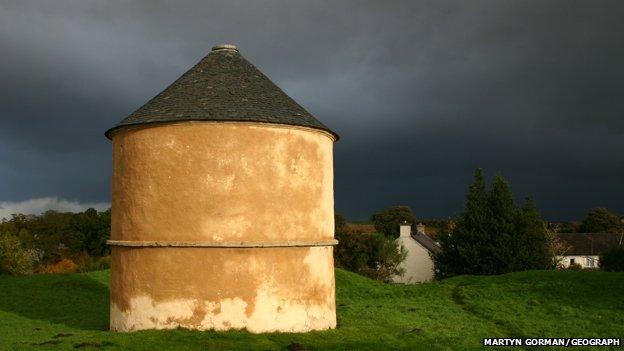
This is a small wooded area close to Auldearn near Nairn.
It was named Dead Man's Wood following 1645's Battle of Auldearn.
The clash marked a major victory for Scottish Royalists over a Covenanter army, and local legend tells of some of the casualties being buried near to where the wood is today.
A dovecot marks the site of the battle.

Scotland's rainforest
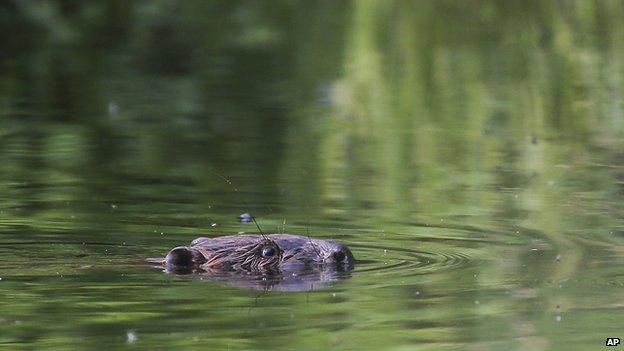
The Taynish peninsula is home to one of the largest areas of ancient woodland in Knapdale, an area of Argyll well-known for hosting the Scottish Beaver Trial.
Oaks in the woodland are descendants of trees that survived the last ice age in southern Britain.
Scientists describe the climate of Taynish as "oceanic", meaning that it is mild and moist because of the Gulf Stream offshore.
Plantlife thrives in the humid, wet conditions and the woodland is often referred to as Scotland's rainforest.
There are about 500 species of lichen and more than 300 varieties of flowering plants, including a rare orchid.
- Published21 November 2014
